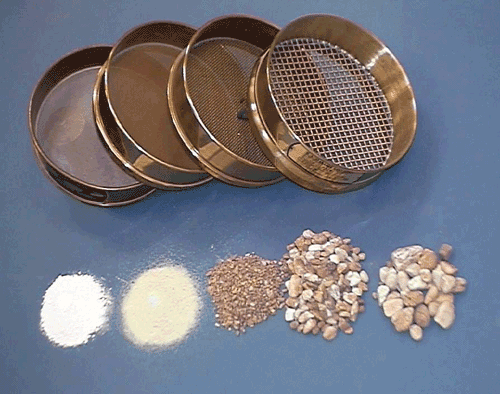Components of a Basic Concrete Mix
There are three basic ingredients in the concrete mix:
- Portland Cement
- Water
- Aggregates (rock and sand)

Portland cement clinker is a hydraulic material which shall consist of at least two-thirds by mass of calcium silicates (3 CaO·SiO2 and 2 CaO·SiO2), the remainder consisting of aluminium- and iron-containing clinker phases and other compounds. The ratio of CaO to SiO2 shall not be less than 2.0. The magnesium oxide content (MgO) shall not exceed 5.0% by mass.

Water- Water is needed to chemically react with the cement (hydration) and too provide workability with the concrete. The amount of water in the mix in pounds compared with the amount of cement is called the water/cement ratio. The lower the w/c ratio, the stronger the concrete. ( higher strength, less permeability)

Aggregates- is a broad category of coarse particulate material used in construction, including sand, gravel, crushed stone, slag, recycled concrete and geosynthetic aggregates. Aggregates are the most mined material in the world. Aggregates are a component of composite materials such as concrete and asphalt concrete; the aggregate serves as reinforcement to add strength to the overall composite material. Due to the relatively high hydraulic conductivity value as compared to most soils, aggregates are widely used in drainage applications such as foundation and French drains, septic drain fields, retaining wall drains, and road side edge drains.






0 comments:
Post a Comment